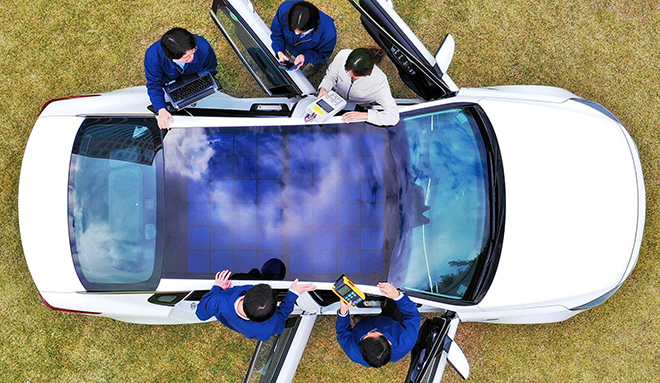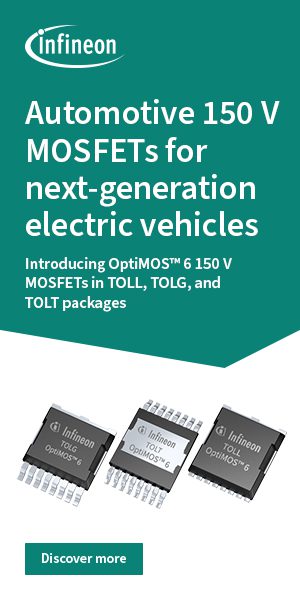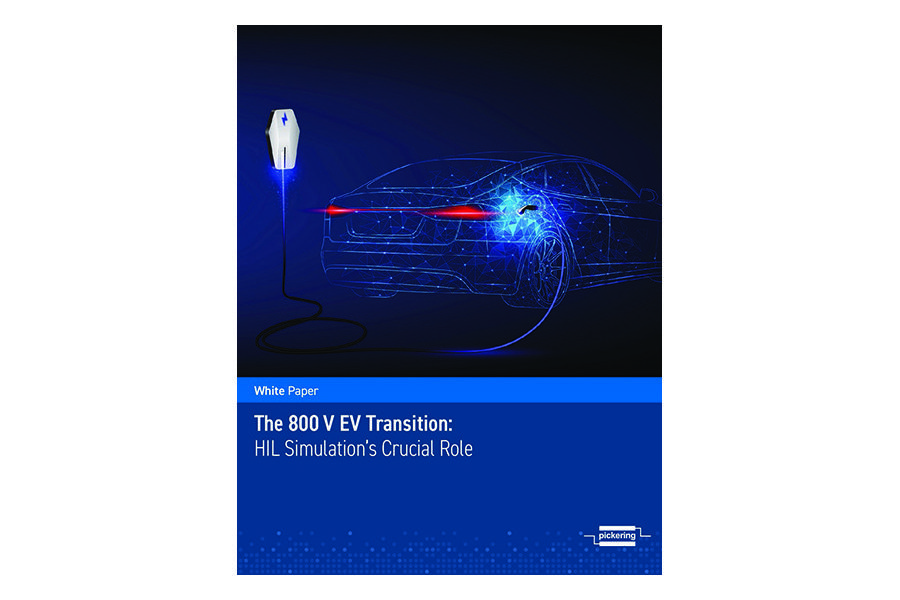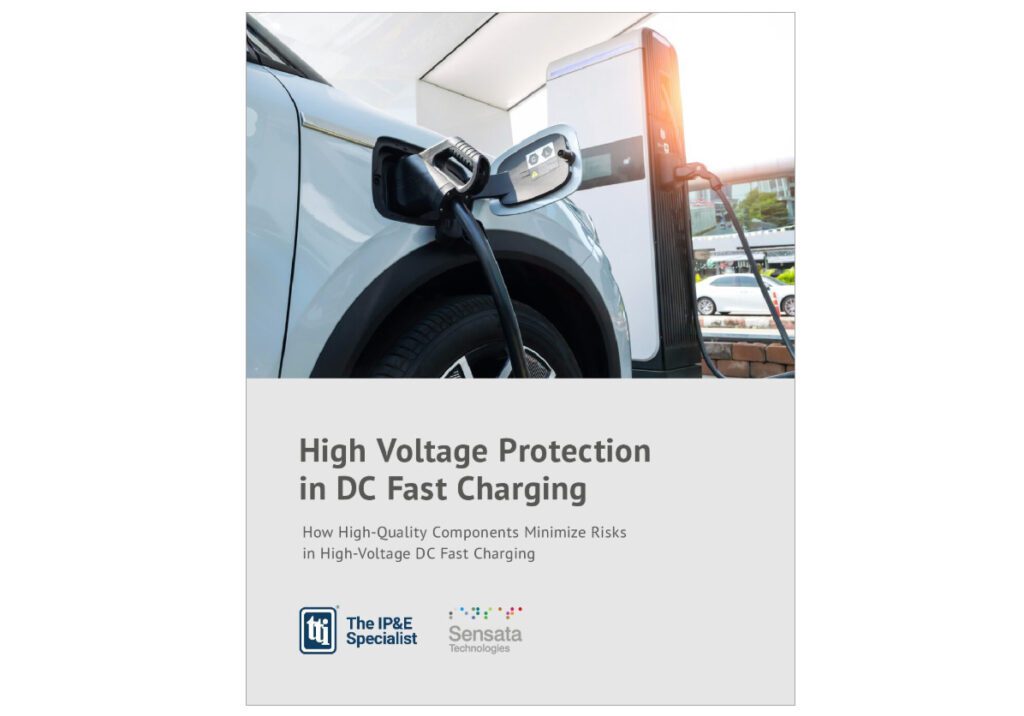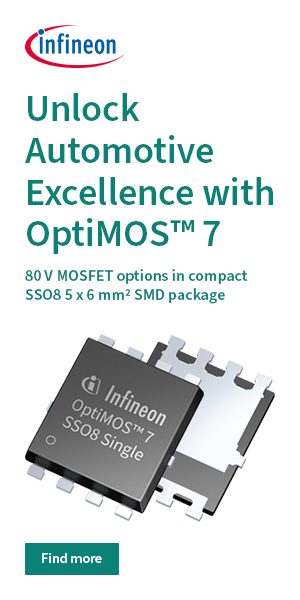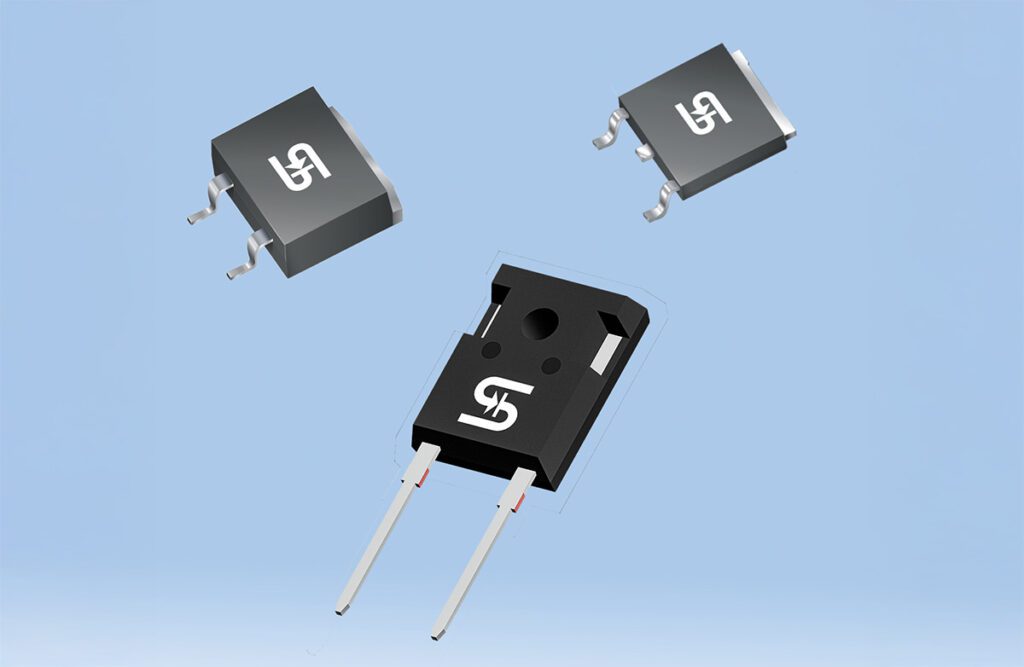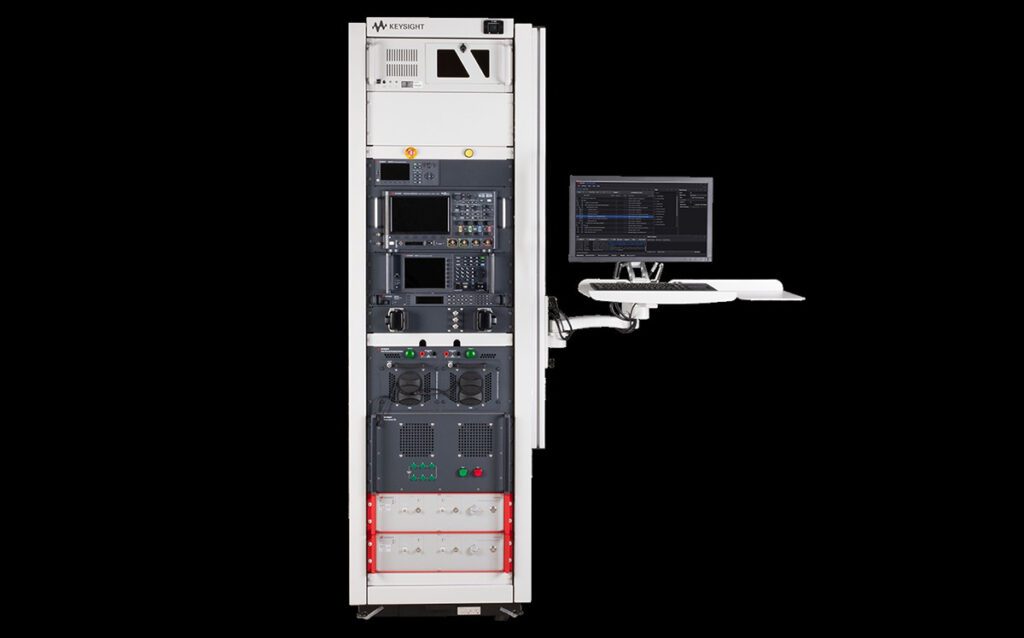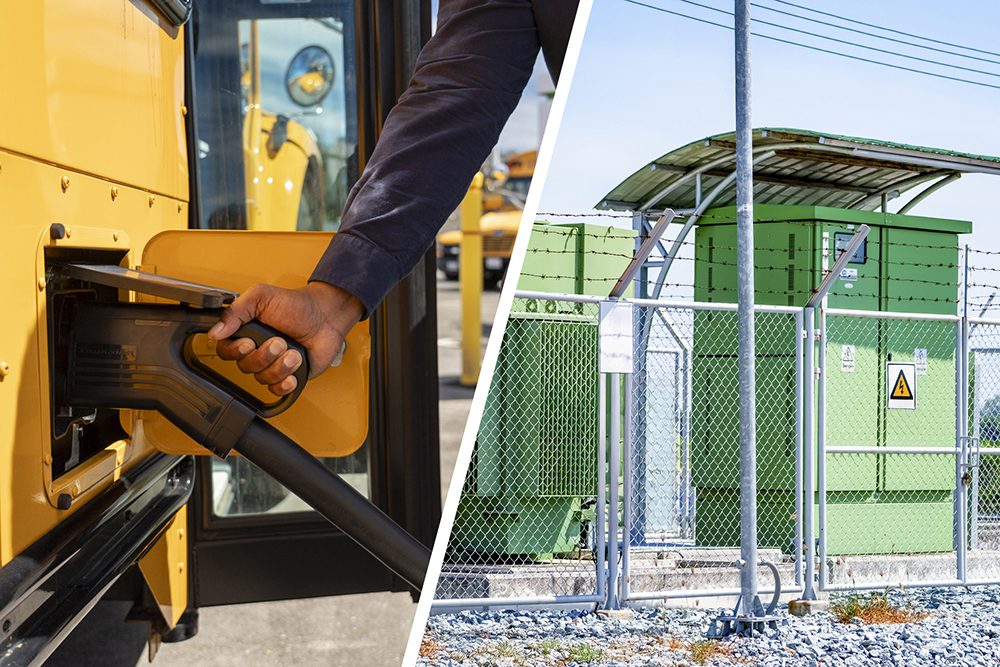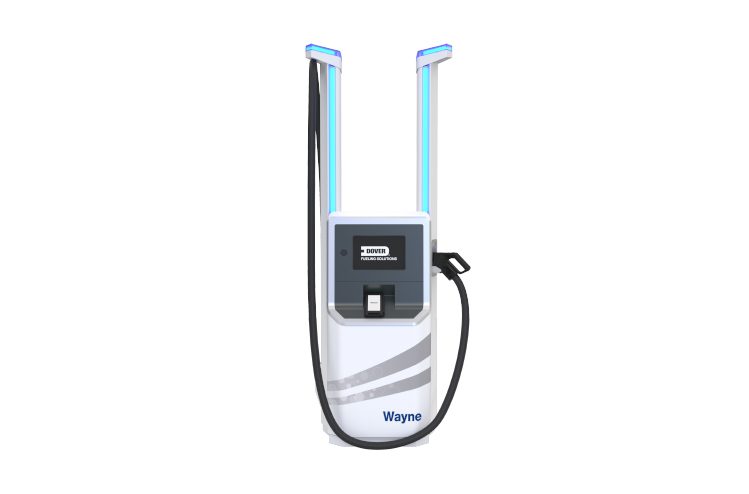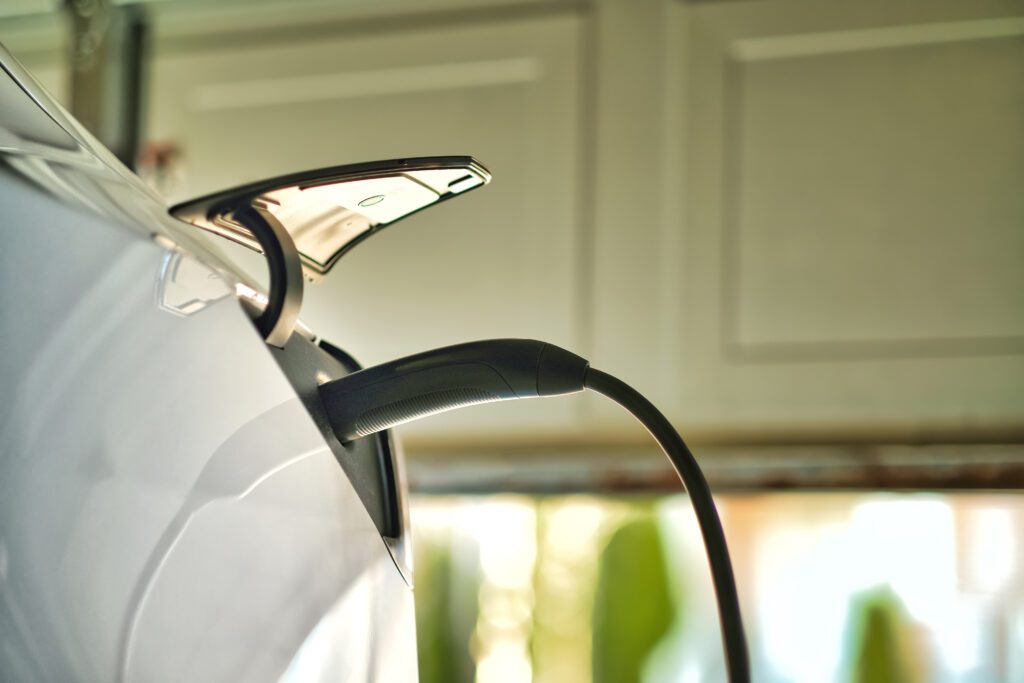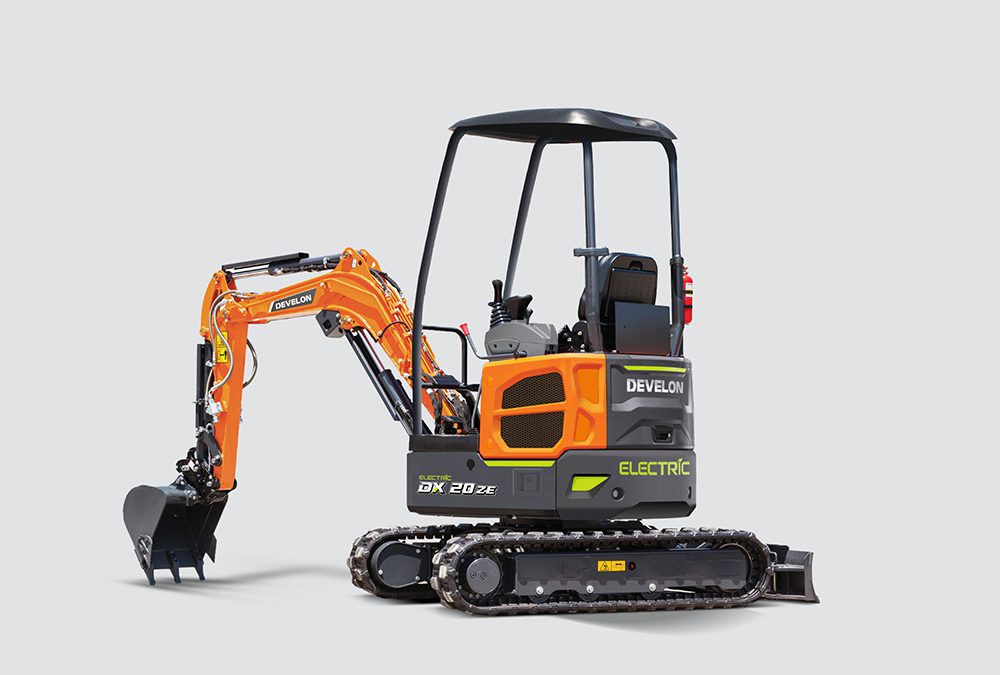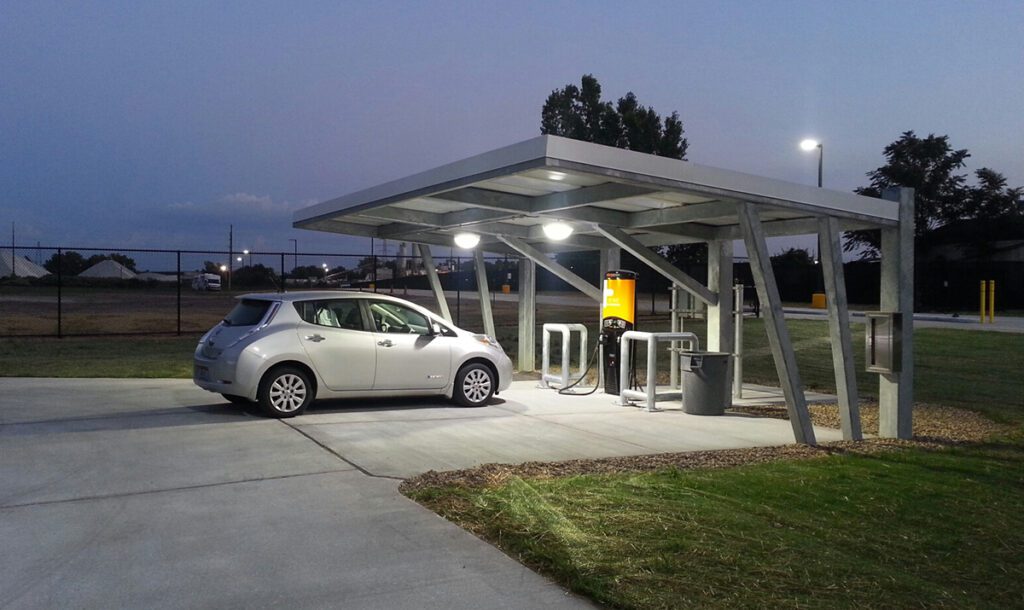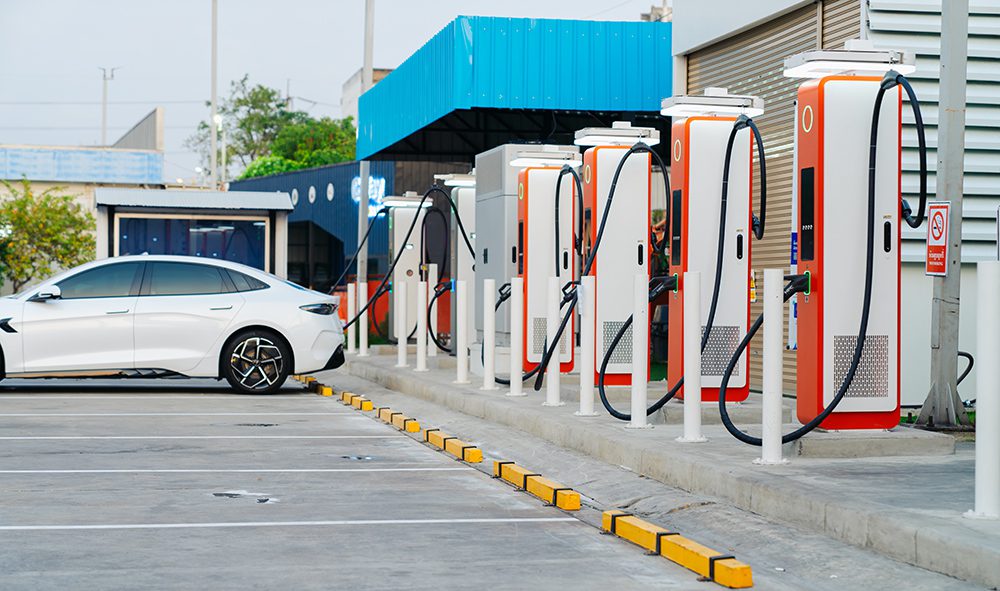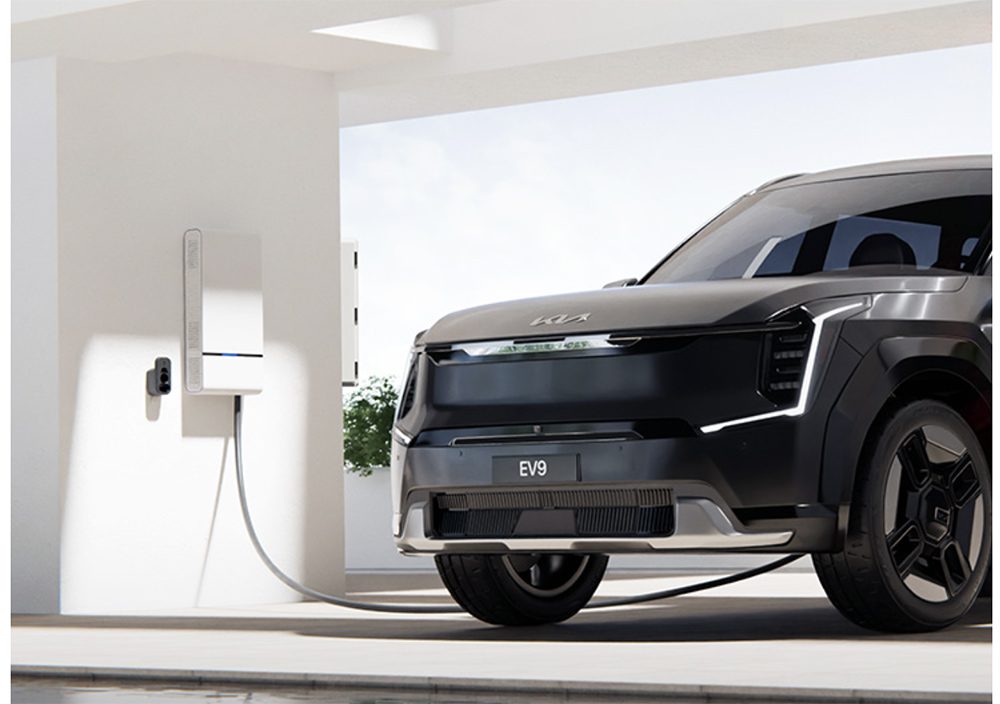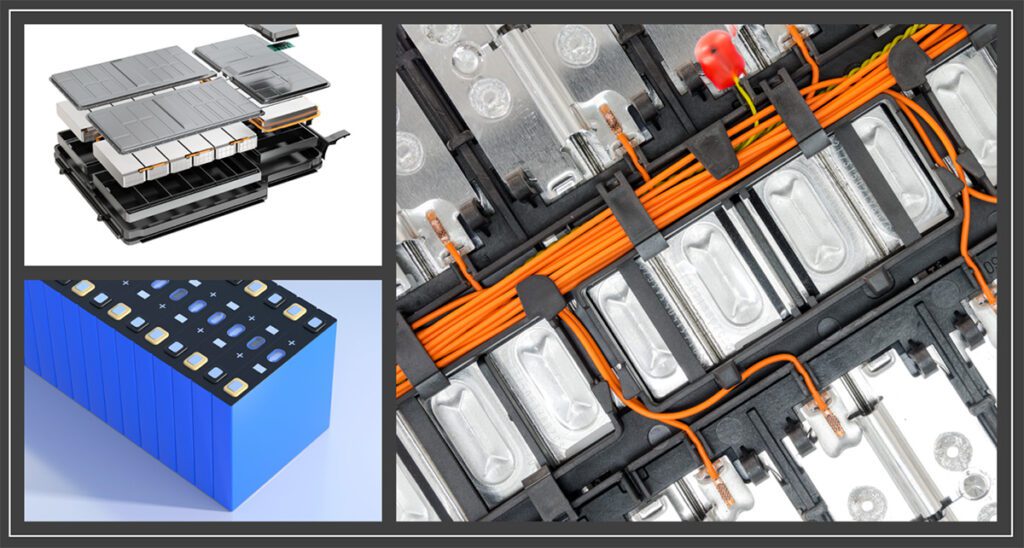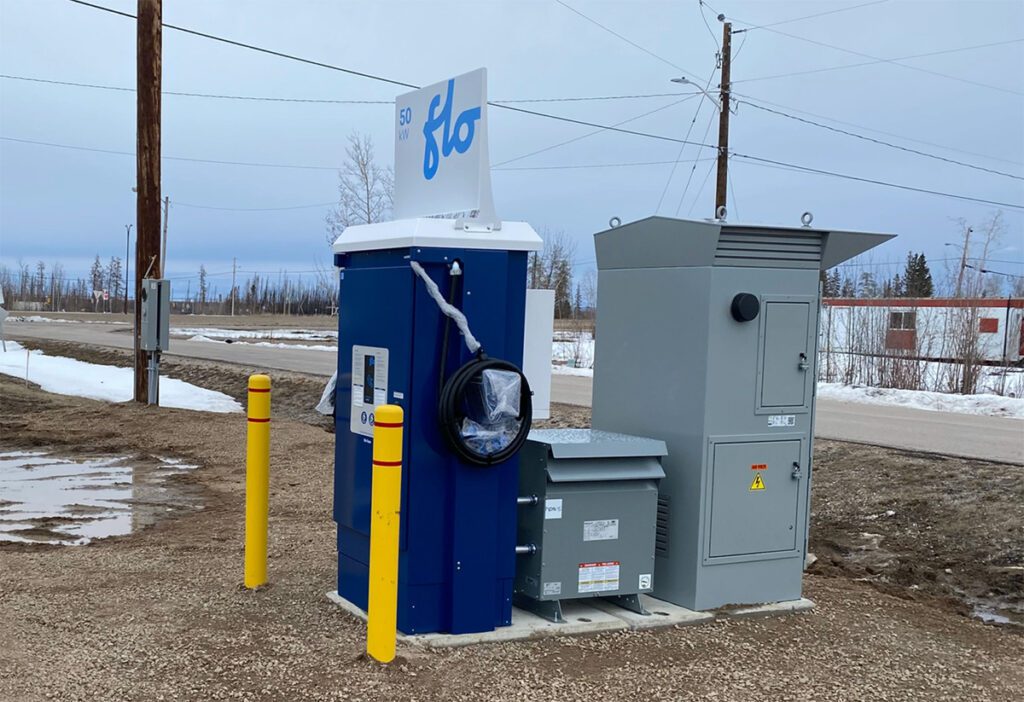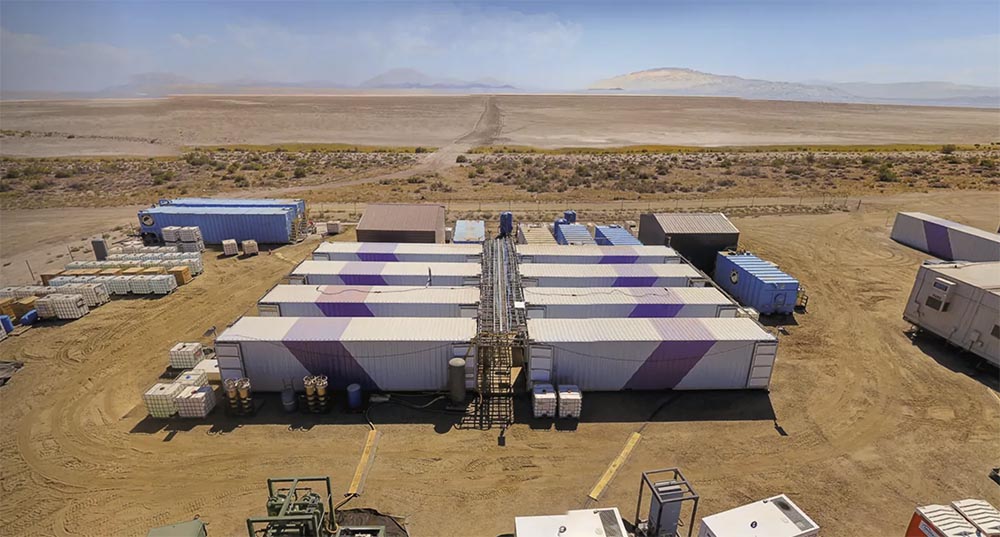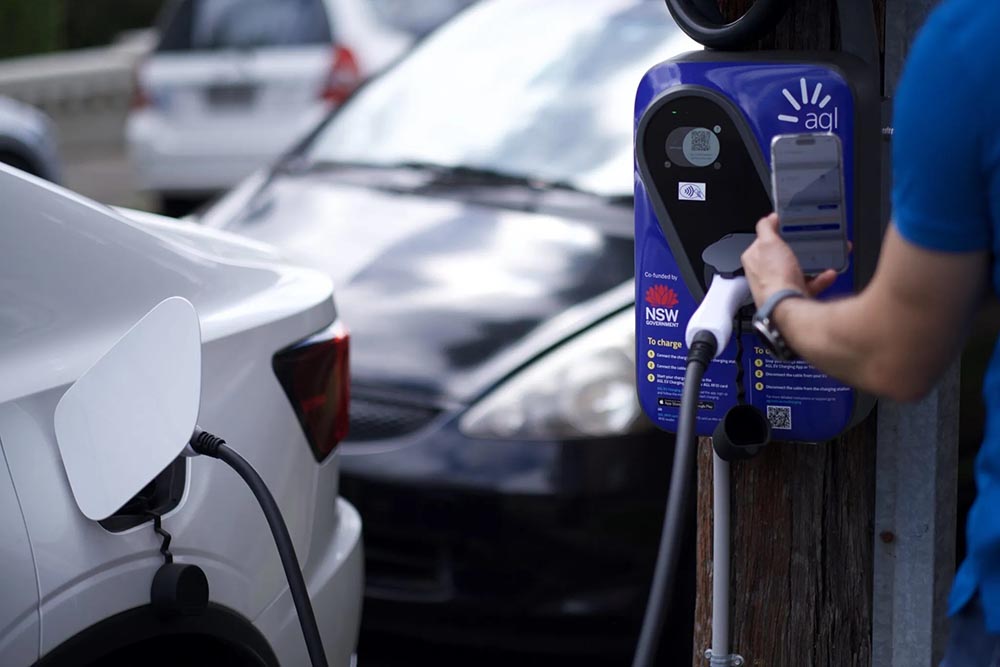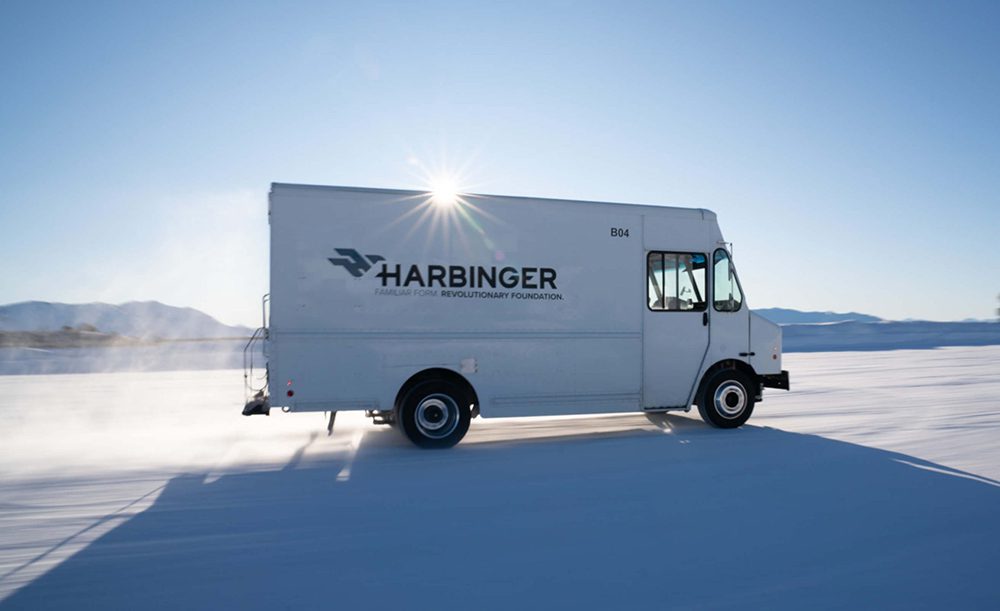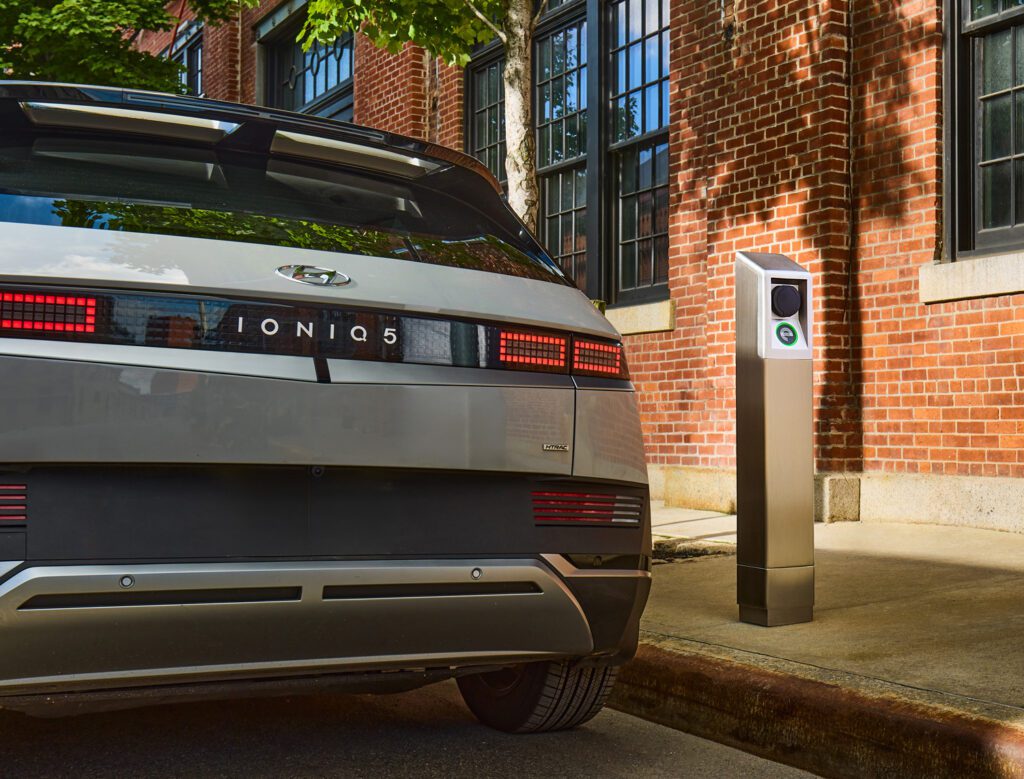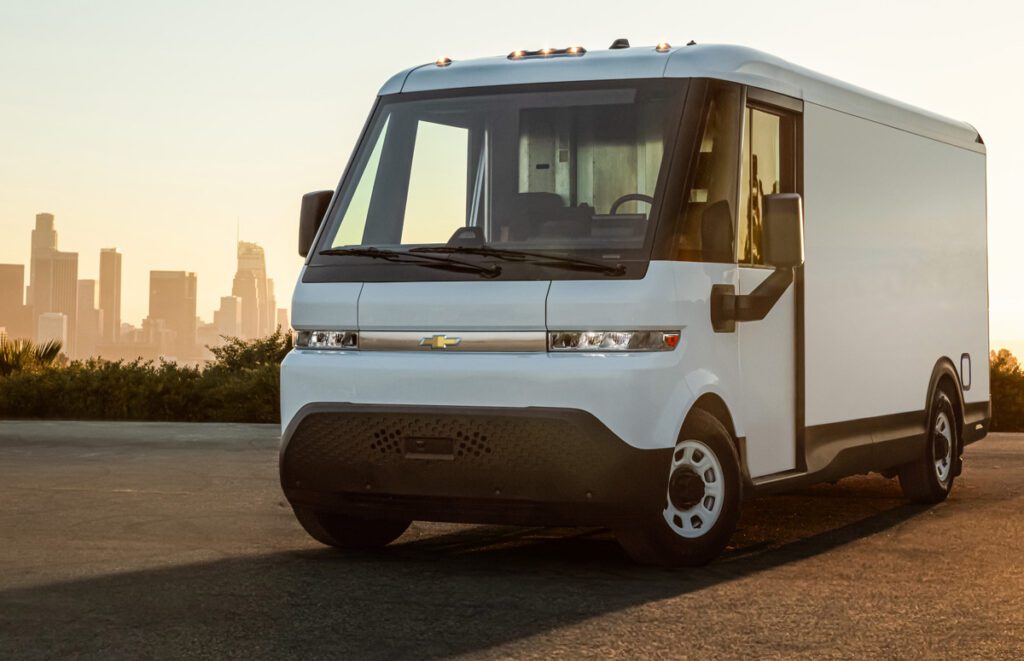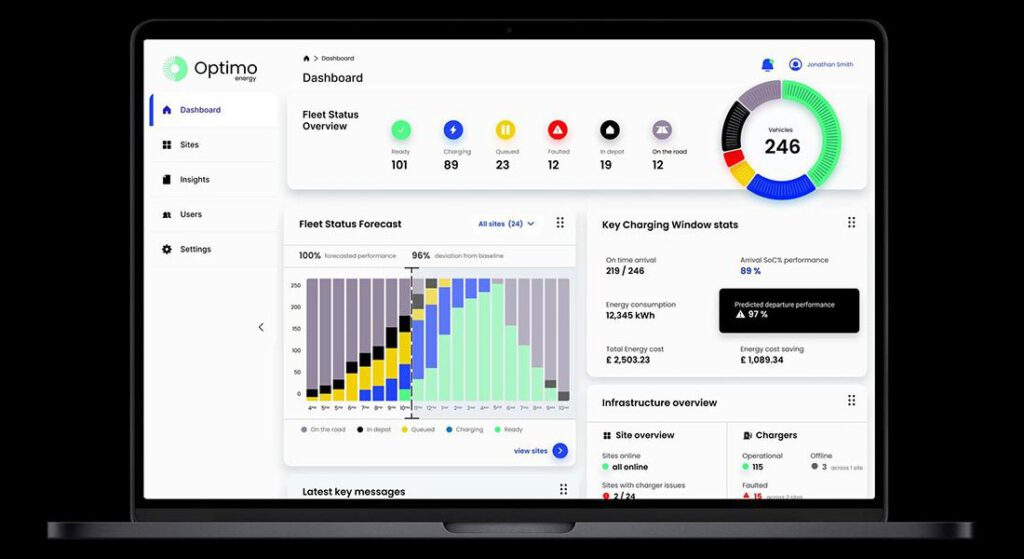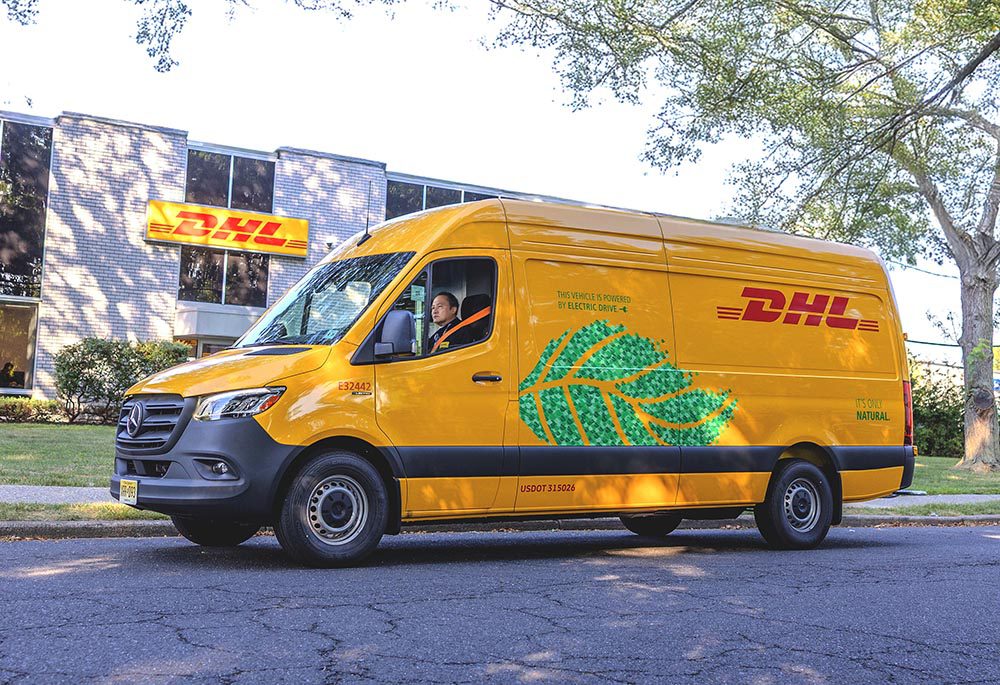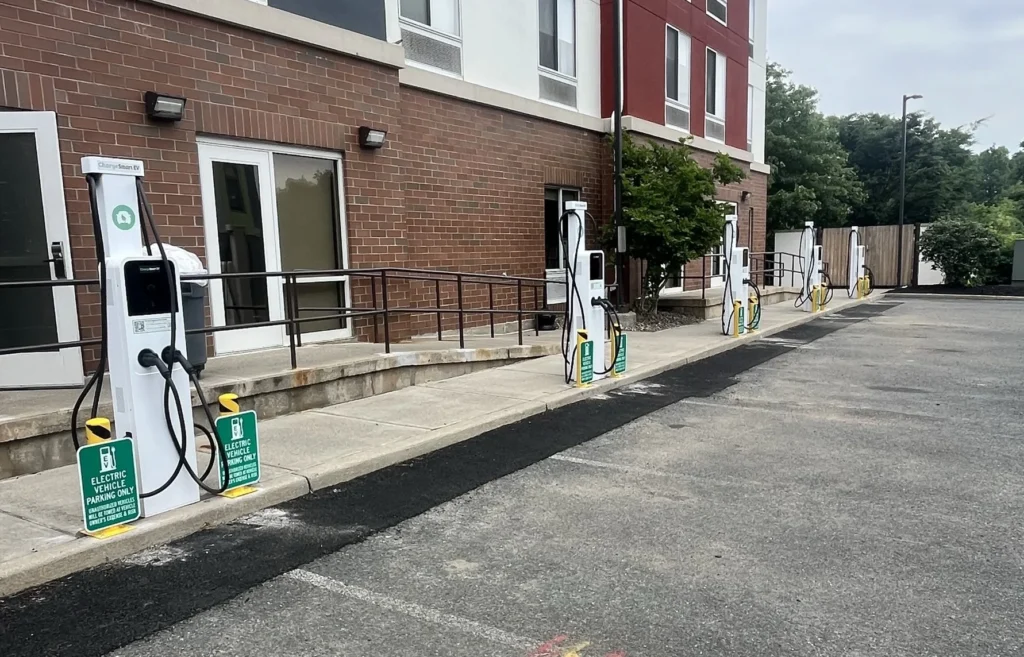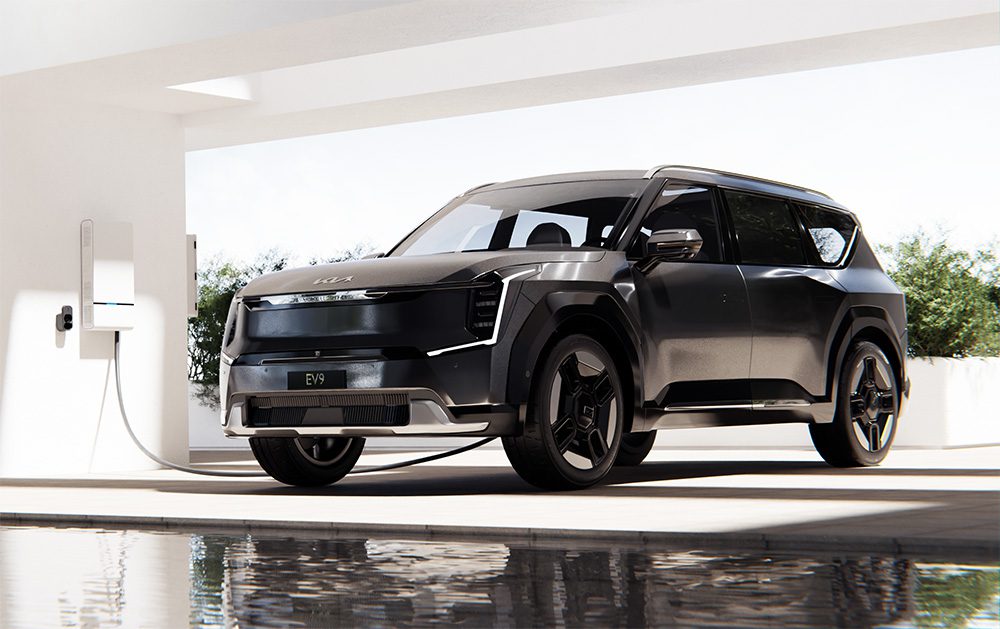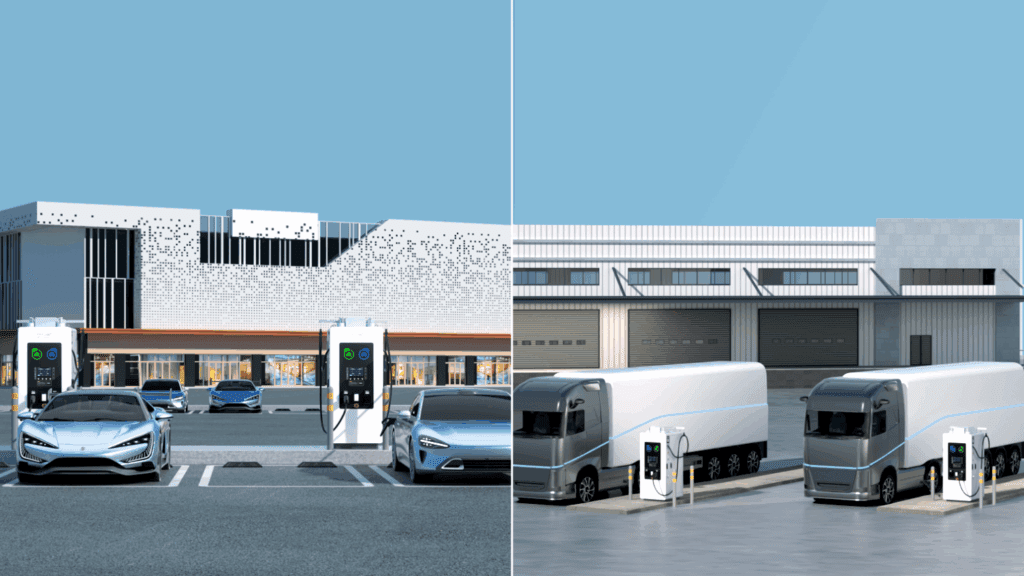Kia and Hyundai plan to introduce solar roof charging technology on selected vehicles, including legacy ICE vehicles. Yes, you read that correctly. Solar panels will be incorporated into the roofs or hoods of vehicles, and Hyundai Motor Group claims this will increase fuel efficiency and/or range.
The first generation of this technology, which is to be introduced “after 2019,” will be applied to hybrid models. It will use silicon solar panels integrated into a standard car roof. According to Hyundai, the system is capable of charging the battery to a level of between 30 and 60 percent over the course of a normal day, depending on weather conditions.
The second generation will be applied to ICE vehicles. A semi-transparent panoramic sunroof will let light into the cabin, while also charging the vehicle’s battery. According to Hyundai, this will help its ICE vehicles comply with “ever more stringent global environmental laws regulating CO2 emissions.”
The third-generation system, currently in testing, is designed for EV models. According to Hyundai, “When a 100 W solar panel is equipped, it can produce up to 100 Wh of energy (in ideal conditions: summer noon, 1000 W/m2 intensity of radiation)…This power is converted and stored in the battery, or utilized to decrease load on the vehicle’s alternating current (AC) generator, thereby increasing vehicle range.”
By how much? We know that a Hyundai Ioniq Electric has a 28 kWh battery and a range of 124 miles, so we invite you, dear readers, to do some math and let us know what you think of this interesting new technology.
“In the future, we expect to see many different types of electricity-generating technologies integrated into our vehicles. The solar roof is the first of these technologies, and will mean that automobiles no longer passively consume energy, but will begin to produce it actively,” said Hyundai VP Jeong-Gil Park, who developed the technology.
Source: The NewsMarket via Green Car Congress




